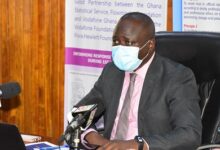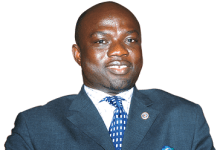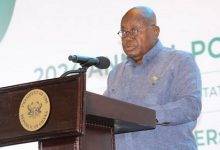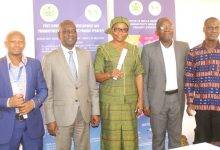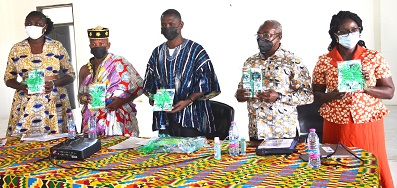
Ghana has identified 17 sites for future nomination into the World Network of Biosphere Reserves under the United Nations Educational, Scientific and Cultural Organisation (UNESCO).
Biosphere Reserves are specially protected areas where diverse plants and animals exist with some level of human activity to conserve biodiversity and sustainable development and also serve as referral systems for monitoring and evaluating changes in natural ecosystems.
Out of the network of 727 reserves in 131countries, Ghana is currently hosting three, comprising Bia Biosphere Reserve, the largest, located in the Western Region (since 1983); Songor Ramsar Site in Greater Accra (2011) and Lake Bosomtwe Biosphere Reserve in Ashanti (2016).
The potential sites include Nzulezu Wetland; Jachie Sacred Grove; Mpirisi Sacred Groove; Boateng-Fiema Monkey Sanctuary; Atiwa Forest Reserve; Shai Hills Reserve; the Kakum, Mole, Digya and Bui national parks; Gbele Resources Reserve; Tano-Ofei Range; Apedwa Hills; Kwahu Scarp; Kyaboo Transboundary Reserve, and Mount Afadzato and Agumatsa Wildlife Sanctuary.
This came to light at the launch of a handbook for the mainstreaming of the Biosphere Reserve concept into development planning, held on Tuesday at Sege in the Ada West District.
The 47-page manual is to make biosphere issues a normal component in the national development planning and budgeting process at all levels as the basis for sustainable financing of its activities.
It was designed by the National Committee of the UNESCO Man and the Biosphere (MAB) hosted by the Environmental Protection Agency (EPA) with support from the National Development Planning Commission (NDPC); Forestry Commission, academia, and some district assemblies.
In a presentation, the MAB subcommittee chair, Prof. Dennis Aheto, said the development of the handbook started in 2018 in line with the Ghana Action plan(2018- 2025) for the MAB programme, a requirement of the network of world biosphere reserves network as well as the United Nations Sustainable Development Goals.
The mainstreaming activities in the book, he said, included stakeholder engagements; communication and information sharing; capacity building and conscious allocation of funds for biosphere related activities.
“Biosphere reserves are models for sustainable development and research laboratories for climate change mitigation and adoption. They are also tools for the attainment of all the SDGs and we must work to protect them,” he said.
The Secretary-General for the Ghana Commission for UNESCO, Ama Nerquaye-Tetteh, commended Ghana for its tree planting exercise; support for global environmental initiatives, and the development of the manual and urged the country to do more to protect its reserves.
The Director-General of the NDPC, Dr Kodjo Mensah-Abrampa, said the effective way of implementing national policies was through integration into all levels of planning.
Describing the biosphere as critical to the country’s sustainable development, he urged all districts to take the handbook seriously and urged stakeholders to monitor and ensure its content was implemented.
On behalf of the EPA, the Ghana MAB coordinator, Sheila Ashong, expressed the hope that the strong stakeholder engagement held over the period would propel the implementation of the activities outlined in the document for collective gains.
The District Chief Executive, SampsonKpankpah, pledged to ensure that the assembly which hosts the second biggest biosphere reserve in the country will implement all policies and strategies.
FROM JONATHAN DONKOR, SEGE (ADA WEST)
END
PHOTOS BY VINCENT


